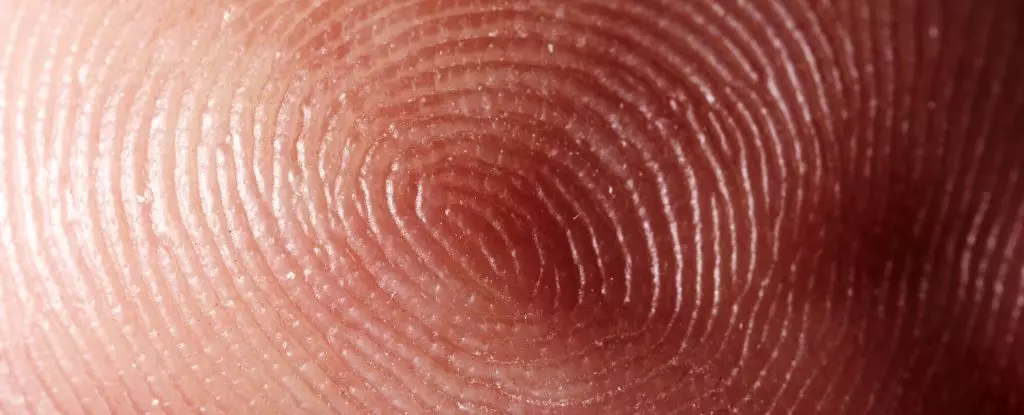The human body is an intricate network of interactions, functioning seamlessly through the exchange of signals among its various components. Traditionally, we have understood this communication largely in terms of rapid bioelectrical impulses transmitted by neurons, which facilitate everything from reflex actions to heartbeats. However, emerging research challenges this limited scope, revealing that epithelial cells—the body’s protective barriers lining our skin and organs—possess their own sophisticated signaling mechanism. This newly uncovered form of communication, akin to a slow, prolonged ‘scream,’ opens up a fascinating avenue of exploration in cellular interaction and medical innovation.
Rediscovering Epithelial Cells
Historically, epithelial cells were presumed to be relatively passive, merely serving as protective layers rather than active participants in the body’s communication. Yet researchers led by Steve Granick and Sun-Min Yu at the University of Massachusetts Amherst are redefining our understanding of these cells. When injury occurs, rather than simply remaining silent, epithelial cells engage in a method of dialogue that is slow but persistent, signaling their distress and coordinating a response among neighboring cells. This significant breakthrough positions them as crucial players in the healing process, rather than mere observers.
The research team devised a groundbreaking experimental setup using a chip embedded with an array of electrodes. By applying a precise stimulus—effectively “stinging” the epithelial layer with a laser—they were able to capture the subsequent electrical shifts generated by these cells. The results were astonishing: the signals propagated at a pace of approximately 10 millimeters per second, covering distances that could reach several hundred micrometers from the initial point of injury. This phenomenon reflects a deep-rooted evolutionary communication strategy, not dissimilar to the way plants react electrically to injury.
Understanding the Mechanism of Communication
This newfound form of signaling is not merely about speed; it is characterized by its duration and the nature of its delivery. Unlike rapid neuronal signals which flicker in response to acute stimuli, epithelial responses unfold over extended periods, sometimes lasting several hours. At the molecular level, this communication significantly relies on ion channels—tiny gateways in cell membranes that transport ions, particularly calcium. While neuronal ion channels react to voltage changes, epithelial ion channels are sensitive to mechanical stimuli, allowing for a more nuanced interaction with their environment.
Such a distinction is not only scientific in nature; it reflects an adaptive mechanism that highlights the body’s resiliency. The discovery suggests that epithelial cells could engage in prolonged conversations that differ fundamentally from the quicker exchanges seen in nerve cells. This slow, yet engaging, intercellular dialogue may be crucial for optimal wound healing and tissue repair, highlighting a potential frontier in biomedical research.
Implications for Medical Technology
The implications of this research extend beyond mere academic curiosity. The understanding of epithelial ‘screams’ opens the door to innovative medical technologies, specifically in the realm of wound care. Imagine generating wearable sensors or electronic bandages that can monitor these cellular signals in real-time, facilitating accelerated healing for injuries. Such advancements could revolutionize how we approach surgical recovery and chronic wound management.
Moreover, this discovery encourages a fundamental shift in our approach to medical devices, offering a pioneering framework to develop solutions that harness natural biological processes. The capacity to manipulate such cellular communication could lead to refined techniques in tissue engineering and regenerative medicine, creating pathways for healing that mirror those present in our own biology.
Realizing the potential of these epithelial signals not only sheds light on the complexities of cellular interactions but also begs for a re-evaluation of our current understanding of bodily communication. As we stand on the brink of this new era in biomedical research, the nuances of these electrical communications highlight the need for further investigation into how we can harness our body’s existing mechanisms to promote healing and health.


Leave a Reply